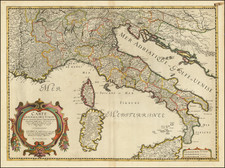Striking map of Italy, Sicily, Corsica, Sardinia and the contiguous Balkan regions on the Adriatic Sea published in 1742 by the Homann Heirs.
The map features many intricate elements that provide a fascinating glimpse into the geography, culture, and symbolism of Italy in the 18th century.
One of the most striking features of the map is the large allegorical title cartouche located in the lower left corner. The cartouche incorporates many symbols and images that were important to Italy at the time. The crossed keys, which are papal symbols, represent the power and authority of the Catholic Church, which played a significant role in Italian society.
Another fascinating element of the title cartouche is the nautical scene that includes a siren playing a harp, a sea monster, and a merman making an offering of the bounties of the sea. This scene reflects Italy's long history of seafaring and its connection to the Mediterranean Sea. The siren playing a harp is a classical reference to the mythological creatures said to lure sailors to their doom with their beautiful music. The sea monster and merman represent the dangers and bounty of the sea, respectively.
The map itself is divided into several regions, each with its own distinct color scheme. The coastlines are carefully delineated and include many small towns and cities, as well as some larger port cities such as Venice and Naples.
Homann Heirs was a German publishing firm that enjoyed a major place in the European map market throughout the eighteenth century. Founded in 1702 by Johann Baptist Homann, the business passed to his son, Christoph, upon Johann’s death in 1724. Christoph died in 1730, aged only 27, and the firm was inherited by subsequent Homann heirs. This altered the name of the company, which was known as Homann Erben, or Homann heirs. The firm continued in business until 1848.









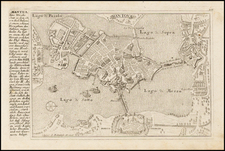
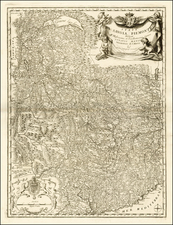
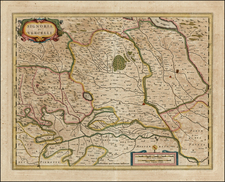
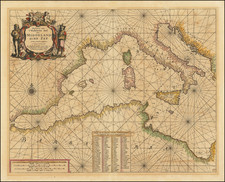
![(Italy and Austria) Carta geografica statistica postale dell’I.R. Monarchia Austriaca e dell’Italia [Statistical postal geographic map of the Imperial Royal Austrian Monarchy and of Italy]](https://storage.googleapis.com/raremaps/img/small/94038.jpg)
